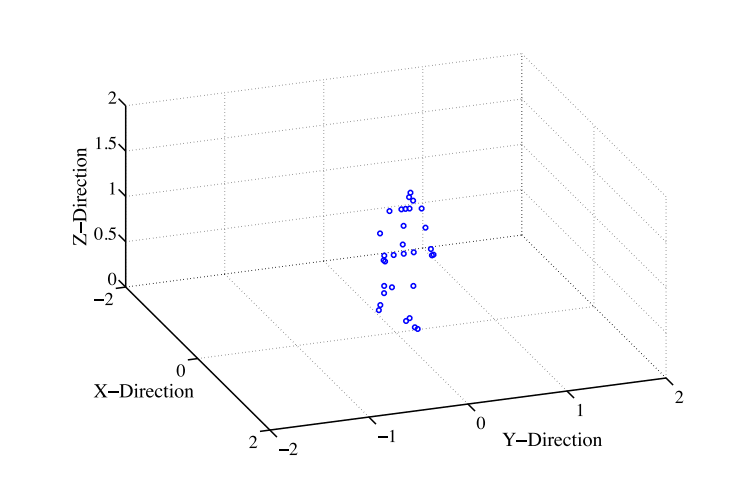In this work, we exploit nonpathological gait kinematics
to improve gender classification from motion information
using large-scale datasets with subjects moving in a less controlled
environment. Dynamic motion features are extracted from motion
capture data using principal component analysis. Features are further
refined in the time and spatial domain by exploiting gait phase
cycles and significant body part indicators obtained from analyzing
nonpathological gait kinematics. Classification is performed
using support vector machine with a radial basis function. Experimental
testing with a dataset of 49 subjects reveals that human
gender classification rates are improved from 73% to 93% using
leave-one-out cross validation.

Three-dimensional visualization of joint center data from TRC data frame.
